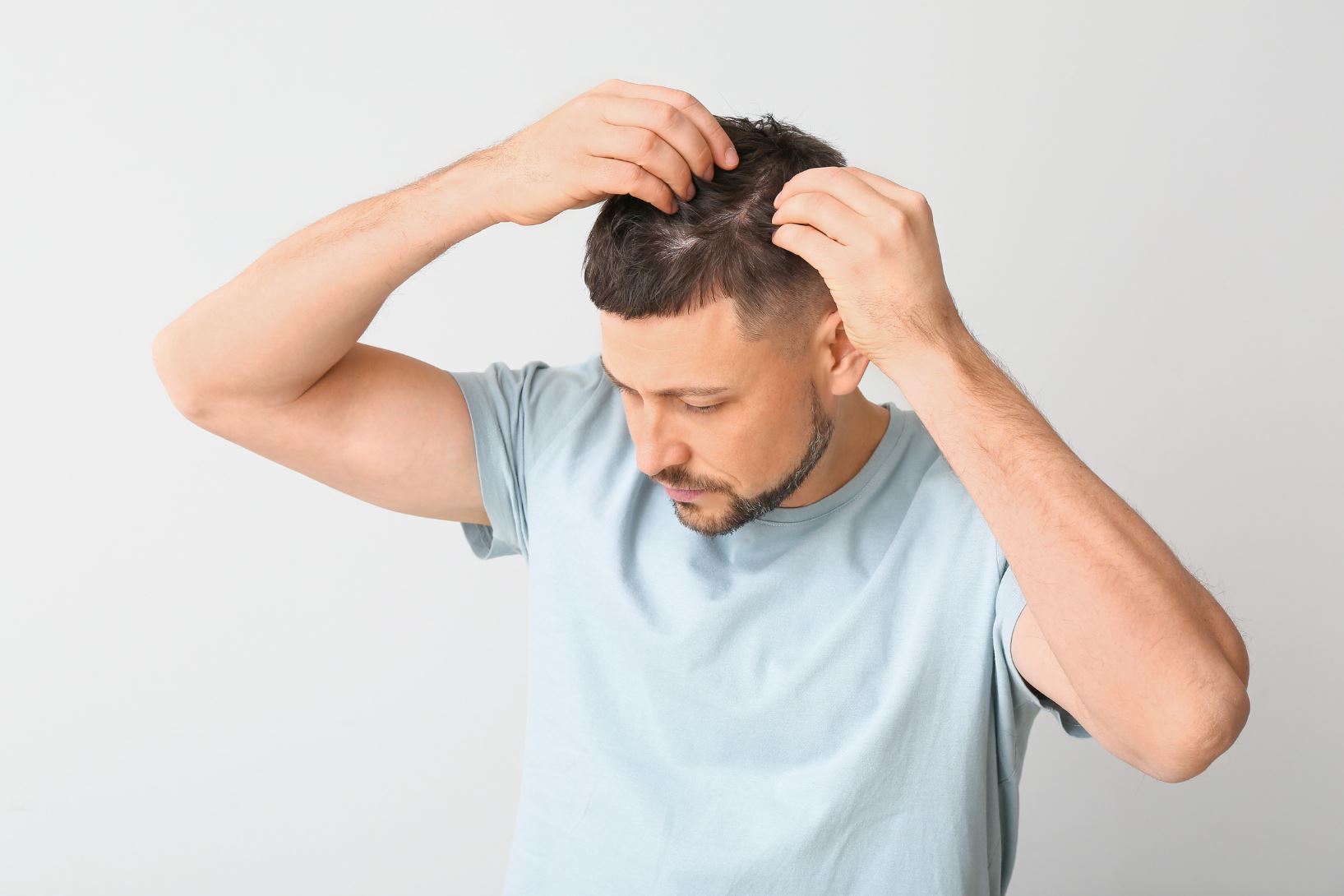
Hair loss can significantly impact one’s confidence and self-esteem. For individuals seeking a permanent solution, Follicular Unit Transplantation (FUT) is a trusted option. This article will delve into what FUT hair transplant entails, what to expect before the procedure, the recovery process after surgery, and the importance of comparing before-and-after photos to evaluate results.
What is FUT Hair Transplant?
FUT, or Follicular Unit Transplantation, is a surgical hair restoration technique that involves removing a thin strip of scalp from the back of the head—an area typically resistant to hair loss. The strip is then dissected into individual follicular units, which are transplanted into areas experiencing thinning or baldness. This method allows for the transplantation of a large number of grafts, making it an ideal choice for individuals with extensive hair loss.
Key Benefits of FUT:
- High graft survival rate due to precise handling.
- Efficient for covering larger balding areas in a single session.
- Natural-looking results when performed by an experienced surgeon.
While FUT has many advantages, it does leave a linear scar at the donor site, though this is often well-concealed by surrounding hair.
FUT Hair Transplant Before: Expectations & Preparation
Understanding what to expect before undergoing a FUT hair transplant is crucial for ensuring a successful outcome.
Consultation and Planning: Your journey begins with a consultation with a qualified hair restoration specialist. During this session:
- The doctor evaluates your scalp condition and hair loss pattern.
- Medical history and potential contraindications are reviewed.
- A personalized hairline design is created to achieve the most natural look.
Pre-Surgery Preparation: To prepare for the procedure, you may need to follow these guidelines:
- Avoid blood-thinning medications, alcohol, and smoking for at least a week before surgery to reduce the risk of complications.
- Wash your hair thoroughly the night before the procedure.
- Arrange for transportation, as you will likely feel groggy from anesthesia.
Setting Realistic Expectations: It’s essential to have realistic expectations about the outcome. The transplanted hair may initially shed within a few weeks—a normal part of the hair growth cycle. Visible results typically begin to emerge after 3-6 months, with full results visible after 12 months.
FUT Hair Transplant After: Immediate Recovery
The recovery period is a vital phase of the FUT hair transplant process. Knowing what to expect can help you care for your scalp and optimize results.
Day of Surgery: Post-surgery, you may experience mild discomfort, swelling, and numbness in the donor and recipient areas. These symptoms are temporary and manageable with prescribed pain relievers and anti-inflammatory medications.
First Week:
- Small scabs form around the transplanted grafts. Avoid picking at them to prevent dislodging.
- Refrain from vigorous activities to minimize swelling.
- Sleep with your head elevated to reduce discomfort.
Follow-Up Care: Your surgeon will provide detailed instructions, including:
- How to gently wash your hair.
- Avoiding direct sunlight and extreme heat.
- Scheduling follow-up appointments to monitor healing and progress.
By the end of the first month, the transplanted hairs may shed as it undergoes a normal phase called “shock loss.” This makes way for new hair growth, which becomes noticeable in the following months.
FUT Hair Transplant Before-and-After Photos
One of the best ways to evaluate the effectiveness of FUT hair transplant is by reviewing before-and-after photos. Images provide tangible proof of the procedure’s transformative results.
Conclusion
FUT hair transplant offers a reliable solution for restoring hair and confidence. By understanding the procedure, preparing accordingly, following post-surgery care instructions, and reviewing before-and-after photos, you can make an informed decision about this life-changing treatment. If you’re considering FUT, consult a qualified specialist to discuss your options and begin your journey toward a fuller head of hair. Visit Miami Hair Institute to learn more and schedule your consultation today.

